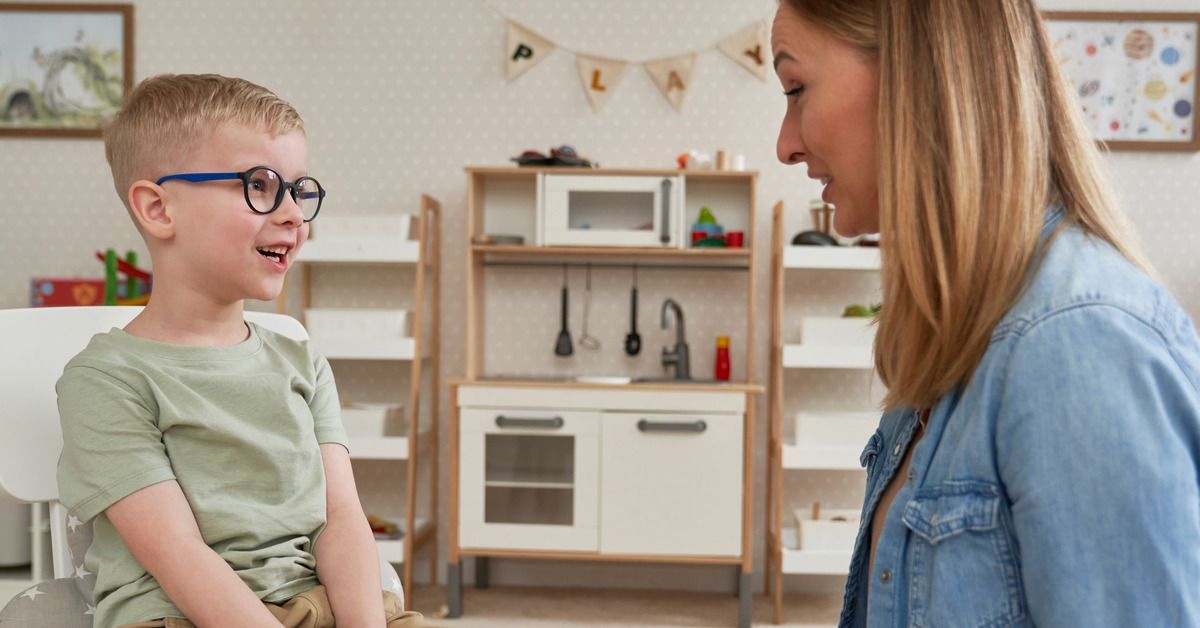Common Types of Assessments Used in ABA Therapy
Parents often find themselves overwhelmed with information and choices when it comes to helping children with developmental disorders. Applied Behavior Analysis (ABA) therapy is a proven method that can make a significant difference.
Using various assessments to better understand and support each child is one key aspect of ABA therapy. Let’s break down common types of assessments used in ABA therapy to better understand, providing parents with valuable insights into how these tools can benefit their children.
Functional Behavior Assessments (FBA)
An FBA in ABA therapy identifies the causes of challenging behaviors to create effective interventions. It involves data collection through observations, caregiver and teacher interviews, and sometimes self-assessment. The goal is to understand the context and triggers of the behavior to create targeted, compassionate interventions. Understanding the behavior’s causes can build long-term solutions more quickly.
Skills Assessments
Skills assessments identify a child’s strengths and areas for improvement. They cover a range of skills, including social, communication, and daily living skills. These assessments are vital because they comprehensively picture a child’s abilities. Knowing what a child can do well and where they need help allows therapists to create personalized treatment plans.
Types of Skills Assessed
Skills assessments can cover various domains. These may include language and communication, social interaction, and adaptive behavior skills. Each area plays a crucial role in a child’s overall development.
Preference Assessments
Preference assessments identify what motivates a child, helping to develop effective reinforcement strategies crucial to ABA therapy. Knowing a child’s preferences allows therapists to use them to encourage desired behaviors and skills, as motivation is key to learning.
Conducting Preference Assessments
Conducting a preference assessment means giving a child different items or activities and watching what they choose. Depending on how the child communicates, FBAs can conduct these assessments by observing or simply asking the child.
Verbal Behavior Milestones Assessment and Placement Program (VB-MAPP)
The Verbal Behavior Milestones Assessment and Placement Program (VB-MAPP) is a method for assessing children’s social and language skills. It helps therapists understand a child’s verbal behavior and social interactions, essential for crafting effective intervention strategies. VB-MAPP offers a deep dive into a child’s verbal and social abilities, providing detailed insights invaluable for tailoring personalized intervention plans to meet the child’s unique needs.
Using VB-MAPP
Implementing VB-MAPP involves assessing milestones across various domains, such as communication, social skills, and academic abilities. This thorough assessment enables the creation of customized intervention plans tailored to the child’s specific requirements.
The Power of Assessments in ABA Therapy
Assessments are the backbone of an effective and successful ABA therapy center. They provide the data to understand each child’s unique needs and strengths. Therapists can create highly personalized and effective treatment plans by identifying the reasons behind behaviors, understanding a child’s skills, knowing what motivates them, and evaluating their language and social skills.
Parents should consider HANDS Center for ABA therapy to positively impact their child’s development with specialized services and expert assessments. Connect with our team today for guidance and support.







